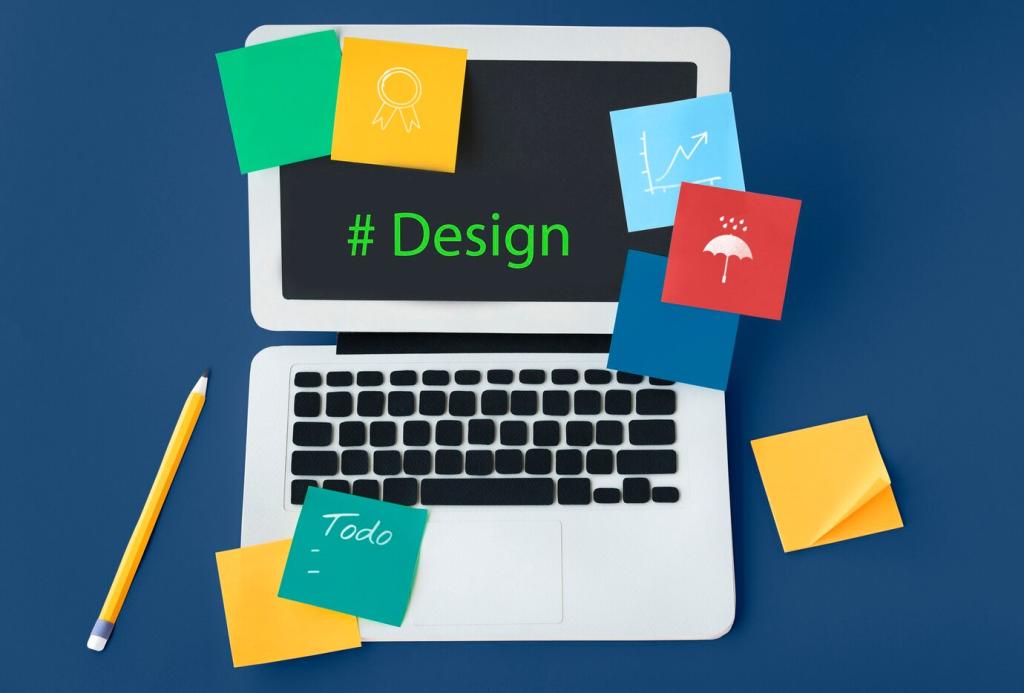Ethics, Credits, and Permissions
Obtain written approval for photography and publication. Blur addresses, protect sensitive spaces, and communicate usage boundaries clearly to build trust and long-term relationships.
Ethics, Credits, and Permissions
Name photographers, stylists, contractors, and artisans. Proper credit strengthens your network and signals integrity. Comment with your crediting format—we’ll share a community standard.
Ethics, Credits, and Permissions
Clarify rights for drawings, renders, and styling assets. Keep reference images labeled. Ethical rigor reduces headaches and elevates the professionalism of your interior design portfolio.
Ethics, Credits, and Permissions
Lorem ipsum dolor sit amet, consectetur adipiscing elit. Ut elit tellus, luctus nec ullamcorper mattis, pulvinar dapibus leo.









